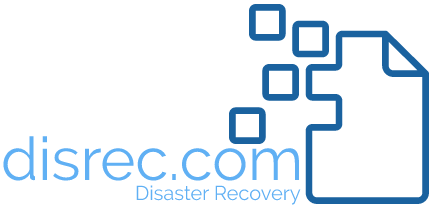Frequently Asked Questions
The terms Backup and Disaster Recovery are often misused and misunderstood when discussing the business-critical requirement to protect data and IT systems. As security breaches become more commonplace it’s important to understand the difference between the two.
What is a backup?
Backups are copies of your data; stored on another device, and ideally in a separate secure location.
Backups are typically performed on a daily basis. That day’s data is copied and stored away from the original data.
Having a backup copy of your data means you should be able to restore it to the original source should there be a problem.
How do you restore a backup?
Implementing backups requires understanding of the business requirements and planning to support the organization fully in instances of lost data.
There are many approaches to backing up your data, but only with correct planning and implementation will the business be adequately protected.
We have a backup - can we restore?
Unless the restore procedures are regularly tested, you do not know if you CAN recover!
It is essential that backups be tested regularly – hence the statement:
“Amateurs Backup; Professionals Restore”
What is Disaster Recovery?
Far more than having backups, Disaster Recovery (DR) is about having a plan and technical solution in place that will keep the core components of your business functioning when a disaster strike.
Although the technical aspects (including backups) of the DR plan are critical, they are only part of the plan.
Why does our organization need a DR plan?
The importance of a Disaster Recovery plan cannot be overstated.
Regardless of industry, when an unforeseen event takes place and brings day-to-day operations to a halt, an organization needs to recover as quickly as possible and continue to provide services to its clients.
Not having a disaster recovery plan in place can put the organization at risk of high financial costs, reputation loss and even greater risks for its clients and customers.
What goes into a successful DR plan?
Meticulous preparation, extensive knowledge and thorough communication form a rock-solid DR plan.
In the simplest terms, DR planning takes into account:
- Identifying key systems that are critical to the business operations
- Determining the durations of outage acceptable when a disaster occurs
- Defining acceptable data loss in the event of a disaster
- Assessing various scenarios which may lead to a disaster event
- Understanding that is NOT just about data. It includes:
- ALL IT components (servers, switches, routers, firewalls etc.)
- Staff required for DR implementation
- Processes to activate DR
